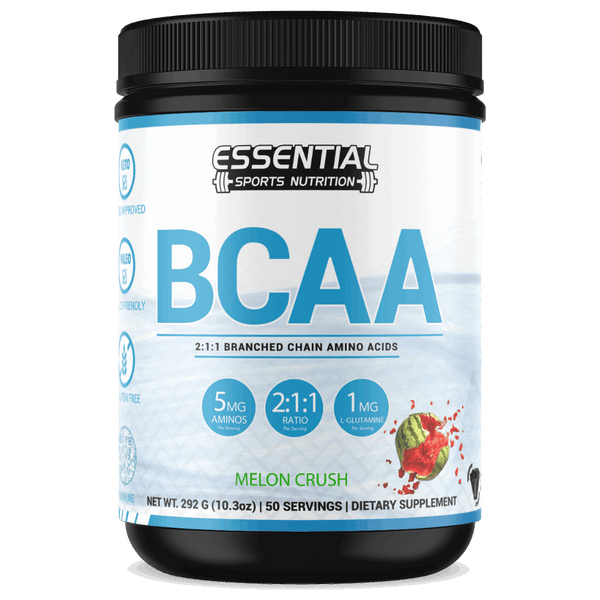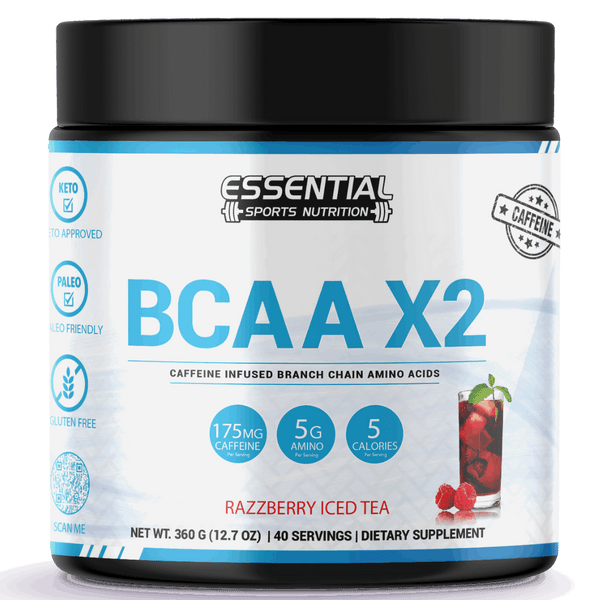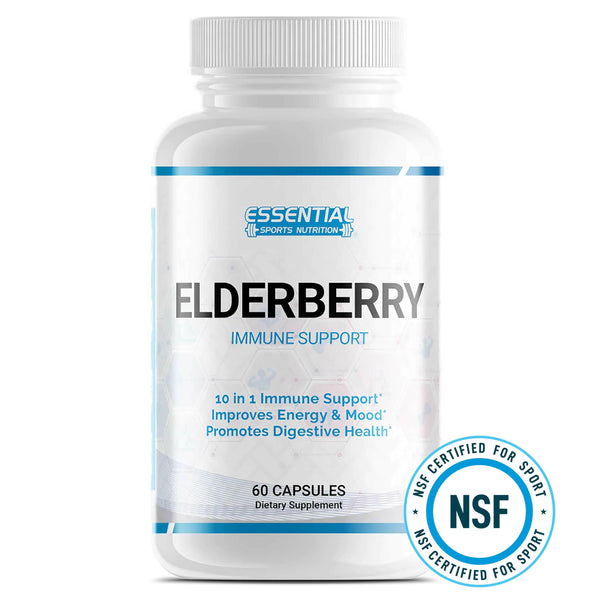Say Goodbye to Stress: Therapeutic Massage vs Deep Tissue Massage
Deep tissue massage and therapeutic massage address different needs. If you're dealing with chronic pain or tension, deep tissue targets deeper layers of muscle with intense pressure, effectively relieving discomfort. On the other hand, therapeutic massage uses various techniques to offer broader benefits like flexibility and general wellness. The intensity and focus differ too; deep tissue is more localized, while therapeutic is adaptable to multiple health issues. Understanding these distinctions can help you choose the right massage for your goals. To explore which option might suit you best, just keep going to uncover more details.

Key Takeaways
- Deep Tissue Massage specifically targets deeper muscle layers for chronic pain relief, while Therapeutic Massage addresses a wider range of health issues.
- Deep Tissue Massage involves more intense pressure, whereas Therapeutic Massage can vary in intensity based on individual needs.
- Deep Tissue Massage provides localized treatment, while Therapeutic Massage offers a general approach for various health concerns.
- Communication with the therapist is crucial during both types of massage to ensure comfort and address specific needs.
- Post-treatment hydration is essential for recovery after Deep Tissue Massage to flush out toxins and reduce soreness.
What Is Deep Tissue Massage?
When you're dealing with chronic pain or tightness in your muscles, deep tissue massage can be a game changer. This specialized form of therapeutic massage targets the deeper layers of muscles and connective tissues, effectively addressing chronic tension and pain relief. With intense, focused pressure, deep tissue massage breaks down adhesions, or knots, that contribute to muscle tension, ultimately improving mobility in affected areas.
Unlike a typical spa massage that promotes overall relaxation, deep tissue massage is more localized. It zeroes in on specific pain points, making it particularly effective for individuals suffering from chronic pain, such as lower back pain or injuries. The pressure applied during the session is tailored to your comfort level, so it's essential to communicate openly with your therapist. They need to understand what feels right for you to guarantee maximum effectiveness.
If you're seeking a solution for persistent muscle issues, deep tissue massage can provide significant relief. By focusing on the underlying structures contributing to your pain, this approach can help restore balance and function, allowing you to return to the activities you love.
Definition of Therapeutic Massage

Deep tissue massage is one approach to managing muscle pain, but therapeutic massage encompasses a wider range of techniques designed to address specific health issues while promoting overall well-being. This type of massage focuses on the manipulation of soft tissue to provide pain relief, reduce muscle tension, and enhance flexibility. It goes beyond simple relaxation, aiming to tackle underlying conditions affecting your health.
Therapeutic massage incorporates specialized methods such as neuromuscular therapy, myofascial release, and trigger point therapy. These techniques are tailored to your unique needs, often starting with a detailed assessment of your symptoms. This personalized approach guarantees that the treatment plan effectively targets the areas requiring attention and promotes healing.
Commonly used to treat issues like poor posture, repetitive motion injuries, and chronic pain, therapeutic massage emphasizes a holistic view of well-being. By addressing both physical ailments and emotional aspects of stress, it supports a thorough recovery process. If you're seeking a method to alleviate discomfort and improve your quality of life, exploring therapeutic massage may be a beneficial option for you.
Comparing Deep Tissue and Therapeutic Massage
Massage therapy offers a variety of techniques, each with its own unique benefits, and understanding the differences between deep tissue and therapeutic massage can help you choose the right approach for your needs. Deep tissue massage primarily targets deeper muscle layers and adhesions, employing intense pressure to relieve pain and chronic tension. You might find this approach beneficial if you're dealing with specific muscle tightness or chronic pain issues.
On the other hand, therapeutic massage encompasses a broader range of specific techniques designed to address various health concerns and promote overall well-being. The intensity of pressure differs considerably; deep tissue massage is known for its strong, focused pressure that could cause discomfort, while therapeutic massage can adapt to your preferences, varying from gentle to firm.
When considering your options, think about the application and scope of each method. Deep tissue massage is localized, focusing on specific issues, whereas therapeutic massage can address both specific problems and general health concerns, making it ideal for a wellness routine. Ultimately, the choice between deep tissue and therapeutic massage depends on your individual needs and goals.
Benefits of Deep Tissue Massage

If you're struggling with chronic pain or tension, you might find deep tissue massage to be a game changer. This specialized technique focuses on the deeper layers of muscle and connective tissue, making it particularly effective for managing conditions like frozen shoulder, neck pain, and lower back discomfort. Here are some key benefits you can expect from deep tissue massage:
- Chronic Pain Relief: Targets pain at its source, helping to alleviate muscle soreness and discomfort.
- Improved Blood Circulation: Enhances blood flow, which is essential for delivering oxygen and nutrients to your muscles, aiding recovery.
- Increased Mobility: Breaks down scar tissue and adhesions, improving flexibility and range of motion.
- Stress Relief promotes relaxation, which is especially beneficial for those dealing with tension from prolonged periods at a computer or intense physical activity.
While some soreness may occur for 1-2 days following treatment, it's a normal response to the pressure applied and often indicates the release of toxins. Incorporating deep tissue massage into your wellness routine can meaningfully enhance your overall well-being.
Types of Therapeutic Massage
There are various types of therapeutic massage, each designed to address specific needs and conditions. One popular technique is neuromuscular massage, which targets specific muscle groups to relieve pain by addressing nerve compression and muscle tension. If you're looking to improve flexibility and movement, myofascial massage focuses on releasing restrictions in the fascia, the connective tissue surrounding your muscles.
Another effective method is trigger point therapy, which zeroes in on tight knots within your soft tissues. This technique can help alleviate localized pain and enhance overall muscle function. For athletes, sports massage is tailored to prevent injuries and enhance performance, utilizing techniques that address muscle fatigue and soreness.
Therapists often blend these massage techniques, customizing each session to meet your unique needs and preferences. Whether you're recovering from an injury, managing chronic pain, or simply seeking relaxation, understanding the types of therapeutic massage available can guide you in making the right choice for your situation. By exploring these options, you can find the right approach to promote healing and well-being through therapeutic massage.
Which Is Best and What to Expect

Choosing the right type of massage can considerably impact your healing journey and overall well-being. When deciding between Deep Tissue and Therapeutic massage, consider the following factors:
- Duration of Pain: If you're experiencing acute pain or recent muscle tension, Deep Tissue massage targets deeper layers for immediate relief. Conversely, if you have chronic pain, a Therapeutic approach addresses underlying causes.
- Specific Issues: Identify your specific issues. Deep Tissue is great for localized tension, while Therapeutic massage provides a broader focus on overall wellness.
- Pain Tolerance: Understand your comfort level. Deep Tissue can be intense and may involve more pressure. Therapeutic massage can be adjusted to suit your preferences.
- Professional Guidance: Consult a therapist. They can offer personalized recommendations based on your symptoms and health concerns, ensuring the most effective treatment strategy.
What To Expect After a Massage
Many clients find that the experience following a massage can vary widely, depending on the techniques used and individual sensitivity. After a deep tissue massage, it's common to feel some muscle soreness for 1-2 days. This soreness often indicates that tension and toxins have been released, signaling a positive response to the treatment. You might also experience a feeling commonly referred to as "massage drunk," which can leave you feeling light-headed or disoriented.
To enhance your post-massage experience, consider the following tips:
- Hydration: Drink plenty of water to help flush out toxins released during the massage.
- Rest: Allow your body the time it needs to recover, especially if you feel sore.
- Communication: Stay in touch with your therapist about any discomfort you experience, ensuring it remains manageable.
- Gentle Movement: Engage in light stretches or gentle movements to keep your muscles relaxed and aid recovery.
Deep Tissue Side Effects

After a deep tissue massage, it's normal to feel some muscle soreness that can last for a day or two. Staying hydrated is essential, as it helps flush out toxins released during the treatment. Remember, if you experience discomfort that goes beyond your comfort level, don't hesitate to communicate with your therapist for adjustments.
Muscle Soreness Duration
Muscle soreness lasting 1-2 days is a common effect of deep tissue massage, often experienced as your body adjusts to the intense pressure applied during the session. This soreness is a natural response to muscle manipulation, indicating that your muscles are releasing toxins. You may notice tenderness in specific areas that were targeted, especially if deeper pressure was used.
To help manage muscle soreness, consider the following tips:
- Communicate: Always let your therapist know if you're feeling too much discomfort during the session so they can adjust the pressure.
- Rest: Allow your body to recover by taking it easy for a day or two after your massage.
- Gentle Stretching: Light stretching can help alleviate stiffness and improve blood flow to the affected muscles.
- Heat Therapy: Applying heat to sore areas can soothe muscle tension and enhance relaxation.
While post-massage soreness is common, it's important to listen to your body. If soreness persists beyond a couple of days or worsens, consider consulting a healthcare professional to rule out any underlying issues.
Hydration Importance
Hydration plays an essential role in your recovery following a deep tissue massage. This type of massage therapy often stimulates blood flow and aids lymphatic drainage, processes that can release toxins from your muscles. To facilitate this detoxification, it's important to drink plenty of water post-session. Proper hydration helps flush out these toxins, ensuring your body can recover effectively.
Additionally, replenishing your fluids supports your electrolyte balance, which is critical for ideal muscle function. If you neglect to hydrate, you might experience increased muscle soreness, which can hinder your overall recovery. Staying hydrated can mitigate these side effects and promote a more pleasant post-massage experience.
Your therapist will likely recommend increasing your water intake after treatment. This simple step can make a significant difference in how you feel afterward. By prioritizing hydration, you're not just supporting your body's natural processes; you're also setting the stage for a more efficient recovery. Remember, taking care of your body is a continuous journey, and proper hydration is an essential part of that path.
Communication With Therapist
Effective communication with your therapist is vital when undergoing deep tissue massage, as it guarantees your comfort and safety throughout the session. Since deep tissue techniques can involve significant pressure, it's important to express any discomfort you might feel. Here are some key points to keep in mind:
- Voice Your Comfort Level: If the pressure feels too intense, let your therapist know immediately so they can adjust accordingly. Your comfort is their priority.
- Discuss Post-Massage Sensations: You may experience muscle soreness for 1-2 days. Communicating this helps your therapist understand normal responses and offer guidance on managing discomfort.
- Alert for Unusual Symptoms: If you feel light-headed or disoriented ("massage drunk") after the session, share these sensations with your therapist. This helps them provide appropriate advice.
- Hydration Tips: Ask your therapist about hydration post-massage. Proper water intake can aid in flushing out toxins released during the treatment.
Conclusion

In choosing between deep tissue and therapeutic massage, it's vital to take into account your specific needs and preferences. Both techniques offer unique benefits, whether you're seeking relief from chronic pain or simply aiming to relax. Remember to listen to your body and communicate with your therapist to guarantee the best experience. Ultimately, the right massage for you can enhance your well-being and help you feel more balanced and rejuvenated. Prioritize your comfort, and enjoy the healing journey.
Therapeutic Massage vs Deep Tissue Massage FAQs
Q. Should I Get Deep Tissue or Relaxing Massage?
A. When deciding between deep tissue or relaxing massage, consider your needs. If you're seeking relief from muscle tension or chronic pain, deep tissue might be best. For stress relief and relaxation, a soothing massage is ideal.
Q. What Is Therapeutic Massage Used For?
A. Therapeutic massage's used to address specific health issues like chronic pain, muscle tension, and mobility limitations. It combines tailored techniques to promote recovery and enhance overall well-being, ensuring you receive a personalized treatment based on your needs.
Q. What Is Deep Tissue Massage Best For?
A. Deep tissue massage is best for addressing chronic pain and muscle tension. It targets deeper layers, helping to break down scar tissue and improve mobility, providing relief for conditions like frozen shoulder and injuries from physical activity.
Q. Is a Medical Massage the Same as a Therapeutic Massage?
A. A medical massage isn't the same as a therapeutic massage. While both aim to improve well-being, medical massage specifically addresses medical conditions through tailored treatment plans, often requiring healthcare provider referrals for focused care.
Q: What is the main difference between therapeutic massage vs deep tissue massage?
A: The main difference lies in the techniques used and the focus areas. Therapeutic massage aims to promote overall relaxation and well-being, while deep tissue massage targets deeper layers of muscle tissue to alleviate chronic pain and tension.
Q: How does deep tissue massage vs therapeutic massage affect pain management?
A: Deep tissue massage is often more effective for pain management as it specifically addresses chronic pain and muscle tightness through targeted strokes. Therapeutic massage, while also beneficial, primarily focuses on relaxation and stress reduction.
Q: Can you explain the techniques used in massage vs deep tissue massage?
A: Therapeutic massage typically employs gentle strokes and kneading techniques to promote relaxation, such as in Swedish massage. In contrast, deep tissue massage utilizes more intense pressure and techniques to break up scar tissue and reach deeper layers of muscle tissue.
Q: Which is better for relaxation: deep tissue or therapeutic massage?
A: Therapeutic massage is generally better for relaxation as it focuses on calming the body and mind. Deep tissue massage, while it can also provide relaxation, may involve discomfort due to its intensity and focus on specific areas of tension.
Q: Is deep tissue massage appropriate for everyone, or are there specific conditions it treats?
A: Deep tissue massage should be approached with caution. It is particularly beneficial for individuals with chronic pain or muscle tension but may not be suitable for those with certain medical conditions. Always consult a qualified massage therapist to determine the best form of massage for your needs.
Q: What are the benefits of deep tissue vs therapeutic massage for athletes?
A: For athletes, deep tissue massage is often preferred as it helps with pain management, improves circulation, and enhances recovery by targeting specific muscle groups. Therapeutic massage can also benefit athletes by providing relaxation and stress reduction, which is essential for overall performance.
Q: How do I choose between deep tissue or therapeutic massage?
A: The choice between deep tissue or therapeutic massage depends on your specific needs. If you are looking for pain relief and have tense muscles, deep tissue may be the right choice. If you seek relaxation and overall well-being, a therapeutic massage is likely more suitable.
Q: Are there any risks associated with deep tissue or therapeutic massage?
A: Both forms of massage are generally safe when performed by a qualified massage therapist. However, deep tissue massage shouldn’t cause severe pain and may lead to soreness afterward. It’s essential to communicate openly with your therapist about your comfort level and any medical conditions.
Q: How do relaxation and stress reduction compare in deep tissue vs therapeutic massage?
A: Therapeutic massage is primarily focused on relaxation and stress reduction, using gentle techniques to calm the body. Deep tissue massage, while it can also promote relaxation, is more focused on relieving muscle tension and may involve discomfort, which can be counterproductive to stress relief for some individuals.
























